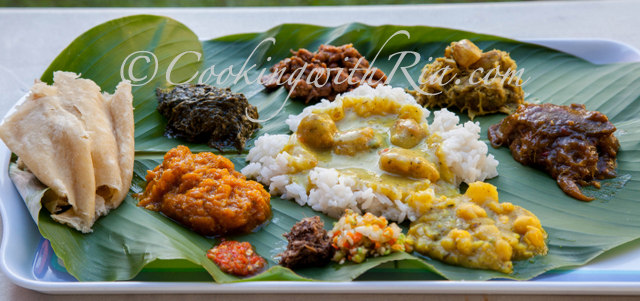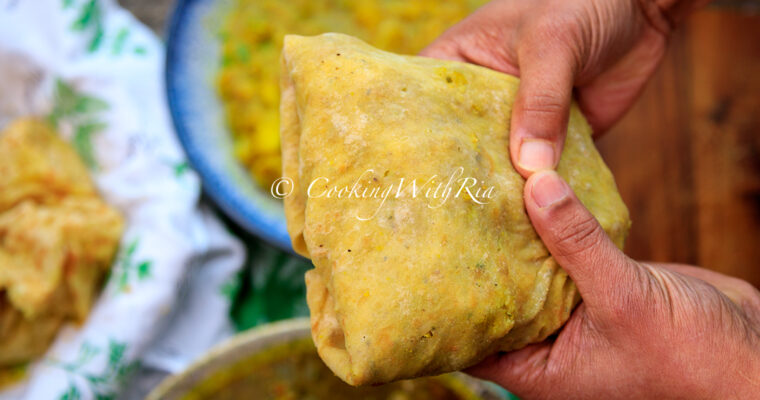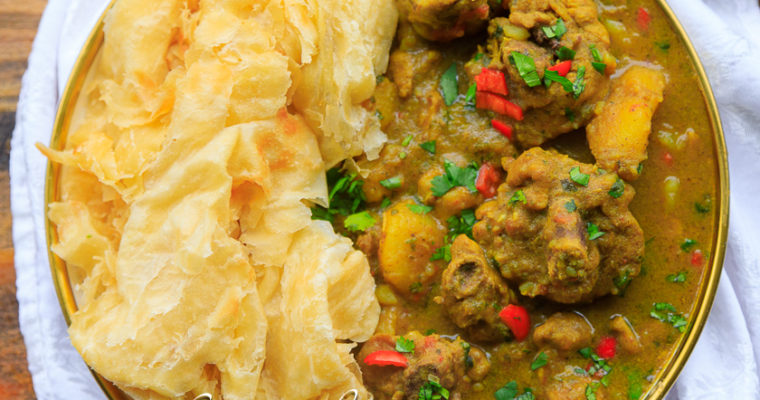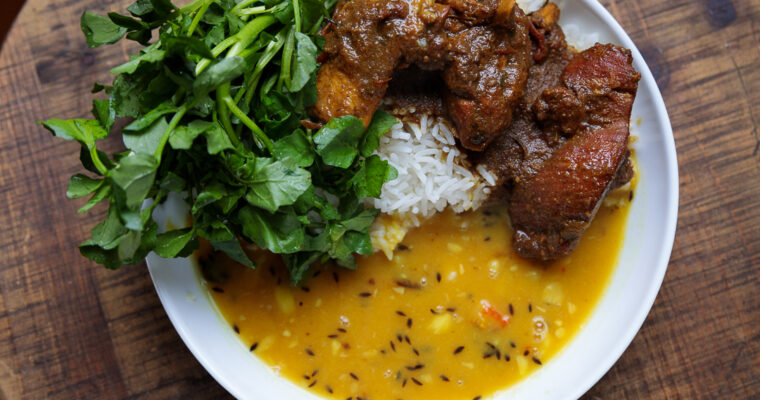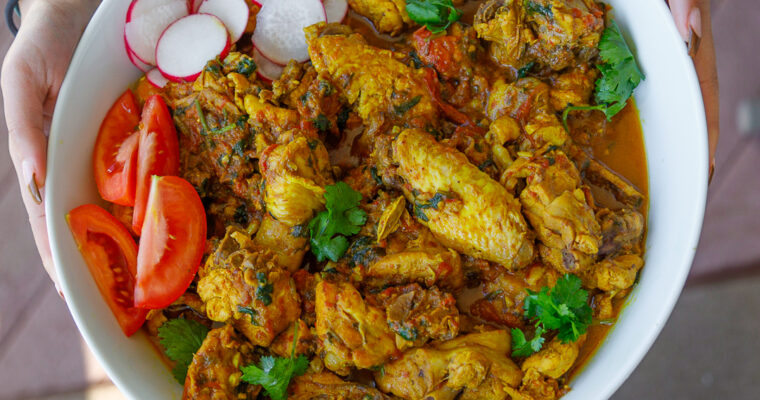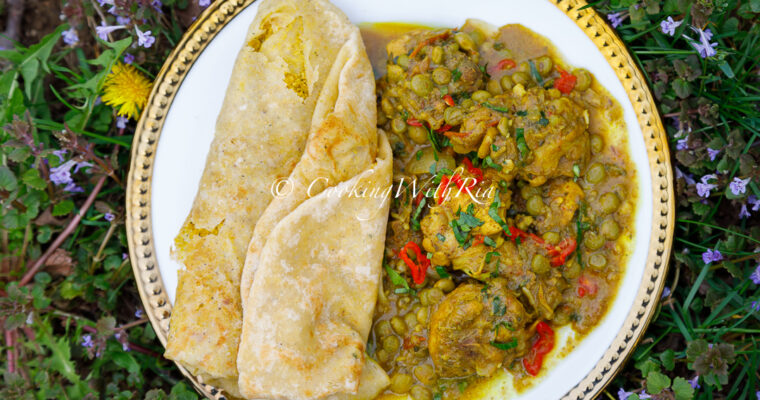Indian Arrival Day is a significant public holiday in Trinidad and Tobago, celebrated annually on May 30th. This day commemorates the arrival of the first group of Indian indentured laborers aboard the ship Fatel Razack in 1845. The event marked the beginning of a massive wave of Indian immigration that would deeply influence Trinidad and Tobago’s culture, religion, cuisine, and society.
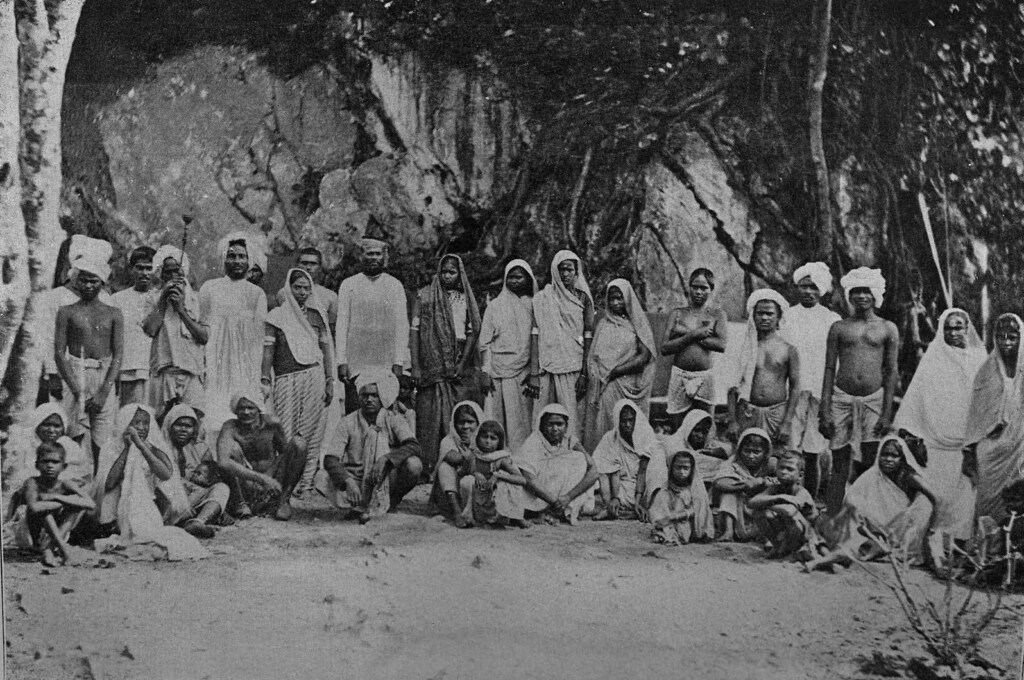
Historical Background
During the 19th century, after the abolition of slavery in the British Empire, there was a labor shortage on sugar plantations across the Caribbean. To address this, the British colonial government initiated the indentureship system, a labor arrangement under which workers, mostly from India, signed contracts to work in the colonies for a fixed period, typically five years, in exchange for wages, housing, and return passage.
On May 30, 1845, the Fatel Razack, a ship from India, arrived in Trinidad with 225 Indian workers, the first of what would eventually become over 143,000 Indians transported to the island between 1845 and 1917. These immigrants were largely from Uttar Pradesh, Bihar, and other parts of northern India, bringing with them their culture, religion, and traditions, which have had a lasting impact on Trinidad and Tobago.
Life of Indentured Workers
The indentured workers endured harsh conditions, similar in some respects to those experienced by enslaved Africans who had worked on the plantations before them. They worked long hours under oppressive conditions, often facing discrimination and poor living standards. However, despite these challenges, many Indian workers completed their contracts and chose to stay in Trinidad rather than return to India. They gradually established themselves, contributing significantly to the economy and culture of the island.
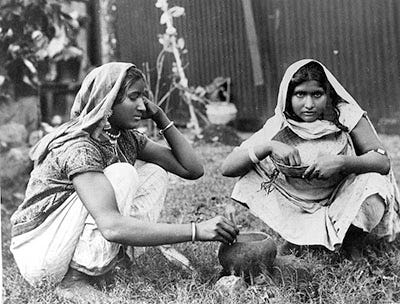
Cultural Impact of Indian Arrival
The arrival of Indians led to the introduction of Hinduism, Islam, and other cultural practices from India. These religious traditions continue to play a major role in the country’s cultural landscape, and festivals like Divali, Eid-ul-Fitr, and Phagwa (Holi) are now celebrated nationally. Indian arrival also introduced the curry-based cuisine, Indian music, dance, and traditional dress that are now integral parts of Trinidadian society.
Indian laborers were instrumental in preserving their language, particularly Bhojpuri, and religious texts like the Ramayan became central to the spiritual life of Indo-Trinidadians. Over time, a vibrant Indo-Trinidadian identity developed, blending elements of Indian and Caribbean cultures.
Evolution of Indian Arrival Day
Indian Arrival Day began as a community celebration in the early 20th century but was officially recognized as a public holiday in Trinidad and Tobago in 1995, marking the 150th anniversary of the arrival of the Fatel Razack. The holiday provides an opportunity for all citizens of Trinidad and Tobago to reflect on the contributions of Indo-Trinidadians and their role in shaping the nation.
It is also a time to acknowledge the struggles faced by indentured laborers and their descendants, while celebrating the resilience and achievements of the Indo-Trinidadian community. The day is marked by cultural events, religious observances, and lectures that highlight the history of Indian indentureship and the contributions of Indo-Trinidadians to various fields, including politics, business, agriculture, and the arts.
Significance Today
Indian Arrival Day is not only about reflecting on the past but also celebrating the multiculturalism and diversity that defines Trinidad and Tobago. It is a symbol of the country’s ability to embrace and integrate different cultures, leading to a rich and dynamic society. Indo-Trinidadians, who make up around 35-40% of the population, have maintained their unique identity while contributing to the national mosaic.
Celebrations and Observances
Indian Arrival Day is marked with vibrant cultural activities, religious ceremonies, and public events. These celebrations offer a chance to honor the contributions of the Indo-Trinidadian community and reflect on the broader history of the nation. Common observances include:
- Cultural Programs and Performances: Across the country, there are celebrations featuring Indian classical music, dance performances, and chutney music, highlighting the Indo-Trinidadian cultural heritage. These events may also showcase traditional Indian clothing, such as saris and kurta pajamas.
- Historical Reenactments: Some events feature reenactments of the arrival of the Fatel Razack, with actors portraying the experiences of the early Indian indentured laborers. These dramatizations help connect modern audiences to the struggles and resilience of the first arrivals.
- Religious Ceremonies: Religious observances, especially among Hindu and Muslim communities, are an essential part of the day. Many families and temples hold pujas (prayer rituals) or prayer services to honor the ancestors who made the arduous journey from India to Trinidad.
- Speeches and Tributes: Political leaders, community figures, and cultural activists deliver speeches, recognizing the importance of the Indo-Trinidadian community in shaping the nation. These speeches often emphasize unity in diversity, reflecting on how the blending of Indian culture with African, European, and indigenous cultures has formed a unique national identity.
- Food Festivals and Celebrations: A major highlight of Indian Arrival Day celebrations is the showcasing of Indian cuisine. Traditional dishes like roti, doubles, curry, and sweet treats such as gulab jamoon and barfi are enjoyed in homes and at community events. The food plays a significant role in connecting the Indo-Trinidadian community to its Indian roots.
- Art Exhibitions and Educational Events: Art galleries, schools, and cultural centers often host exhibitions focusing on the history of Indian arrival in Trinidad. These exhibits may include photographs, paintings, and sculptures that document the journey and settlement of Indian laborers. Educational programs and discussions on the legacy of indentured labor are also organized to deepen public understanding.
Indian Arrival Day is a day of profound cultural and historical importance for Trinidad and Tobago. It honors the sacrifices, endurance, and contributions of the Indian indentured laborers who laid the foundation for a vibrant Indo-Trinidadian community. Over time, the celebration has grown into a symbol of the multicultural harmony that defines the nation today, making Indian Arrival Day not just a holiday for Indo-Trinidadians, but for all citizens of Trinidad and Tobago.
References
- Brereton, Bridget. A History of Modern Trinidad, 1783-1962. Heinemann, 1981.
- Tinker, Hugh. A New System of Slavery: The Export of Indian Labour Overseas, 1830-1920. Oxford University Press, 1974.
- Indian Heritage of Trinidad and Tobago. National Library of Trinidad and Tobago.

